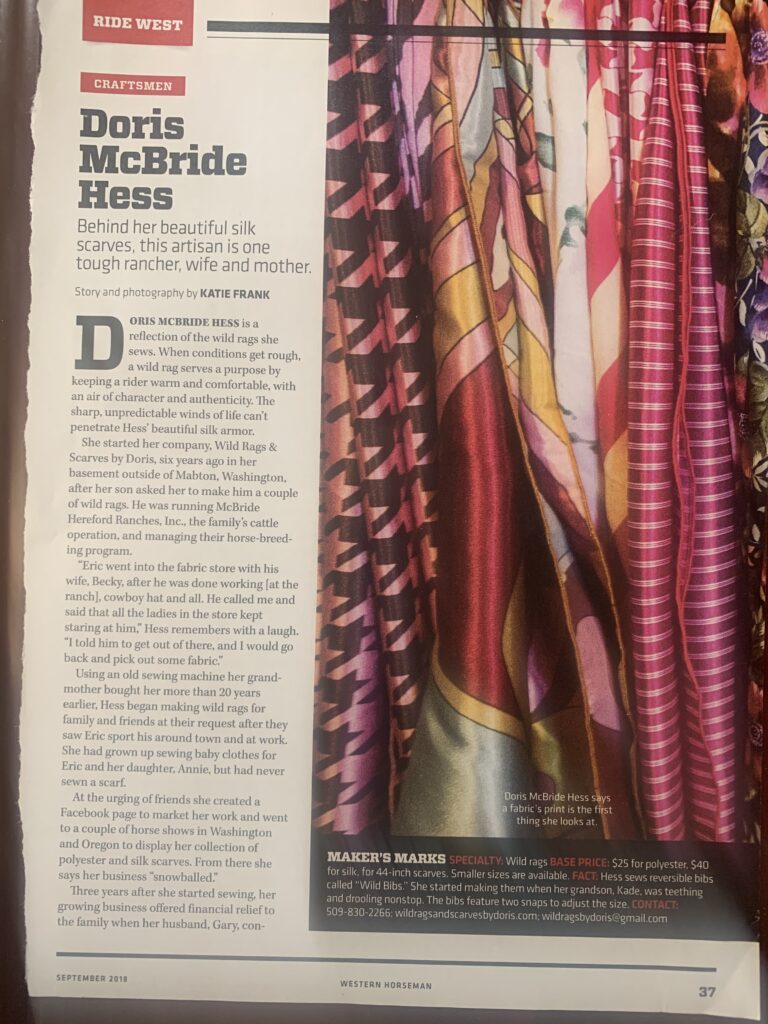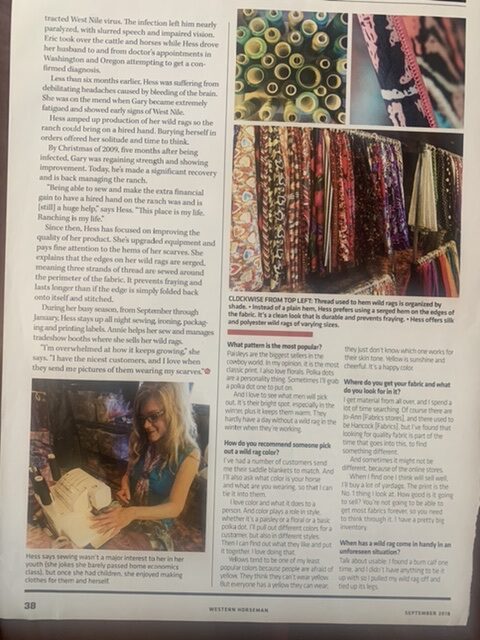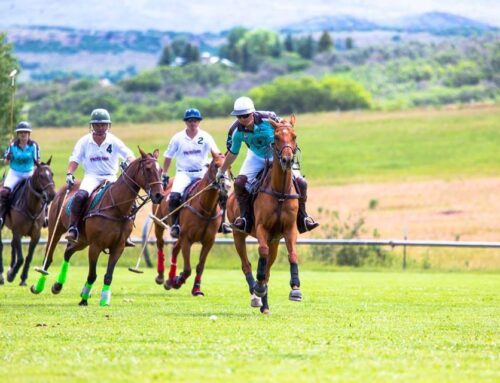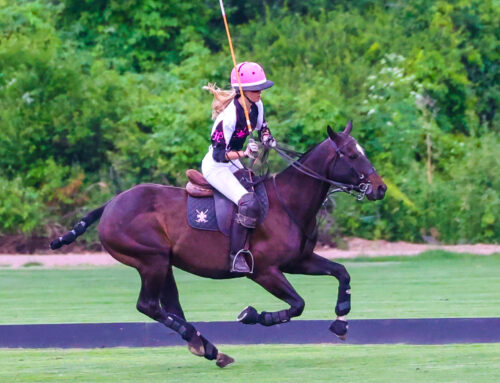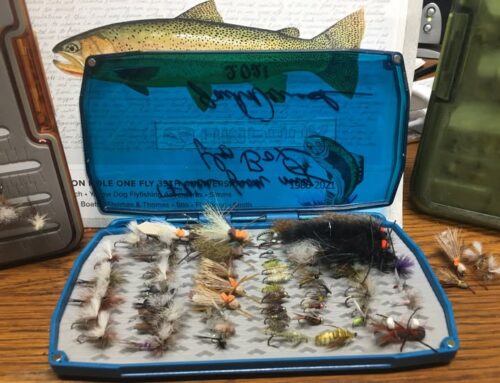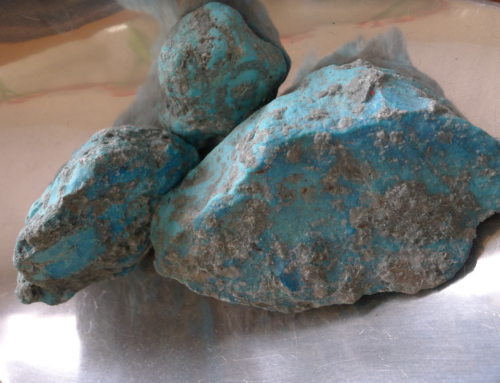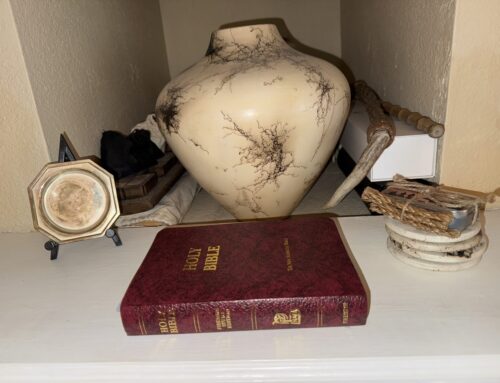Stampede Strings & Bolo Ties
Adapted from the Perry Null Trading Company newsletter
The bolo tie has nothing to do with the Argentine throwing weapon that consists of three round stones tied together with leather thongs. With that thing around your neck you were in trouble. It was also not invented by some fellow in Arizona with a good imagination in 1940 something. In fact, the bolo tie has been around in some form for many years. For white consumption the original form was known as a stampede string. In the 1850’s inmates in Deer Lodge Prison were braiding them out of horsehair. It was time consuming, which was probably the idea. The cord went around the crown of the hat and though the hat with two small holes. The hanging cords were joined together with a slider, also made of hair. The tips were two large fluffy tufts of hair hanging from the cord ends. In a stampede or a tornado the cord was snugged up under the chin with the slider. It might not keep the hat on your head, but it did keep the darned thing on your person. A similar cord—gold—went around the brim of the hat of a cavalry officer.
The next development was also part of the cowboy’s dress. The scarf—bandana, neckerchief and 17 others, some not fit to print—was a common item of dress. It was pulled up over the face when riding drag, eating the dust of the herd. Or robbing a bank if that was your thing. The tie slide is faster to slip off. The Zuni version was pretty early. Sheep vertebrae have a hole the right size for the purpose. The earliest ones were painted, then came inlay, then beadwork. Mid century Conrad Lessarly was selling a lot of them to the Boy Scouts. Unfortunately they stimulated the Colorado Scouts to cobble up their own version of Zuni dances.
During the Thirties and Forties C. G Wallace encouraged the ladies of Zuni to switch from pottery—hard to ship—to beadwork. He said once he took in as many as 500 a day. The 1940 Census showed nearly 200 women claiming occupation—beadwork. Roger Tsabetsaye told me he took several hundred of the cow slides to the United Nations and sold out. It was natural to apply the sliding neckwear idea to jewelry. There are many forms of homemade backs to hold the cords in place. Some of the bolo backs are very original. Many people think the ties can be dated by the by the common Bennet closer, but it really only dates the Bennet. Knowing that Anglos like old, or the appearance of old, some makers today still use one of the old styles. It was also sometimes difficult to drop in to the jeweler’s supply store. Probably the most common back was the three rings. Two up top to separate the cords, a larger one below to clasp the cords. Another was the M shape. Cords went through the high spot at the sides, the middle of the M could be adjusted for tension. I have seen a dozen other configurations. The tips can be cheap ones from a supply place or elaborate creations in their own right. Tom Weahkee went all out on his. They are art in and of themselves. The function of the tips is to keep the cord from unraveling. They are called aglets—the same as shoelace tips.
Jack Mahkee got an idea from the old string ties and braided his own heavier cord with unusual tips. He split a piece of leather into two lengths, and then braided them without cutting the strap. The smaller eagles below are a great touch. Frank Vacit was amazingly creative and created a pair with turquoise set into the silver—true inlay. The tips are crushed but there appears to be stamens in the blossoms. I have only seen this on one other and it must have been very time consuming.


